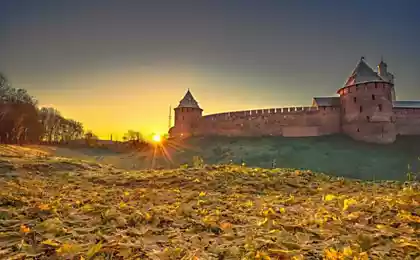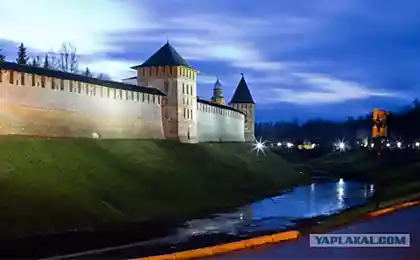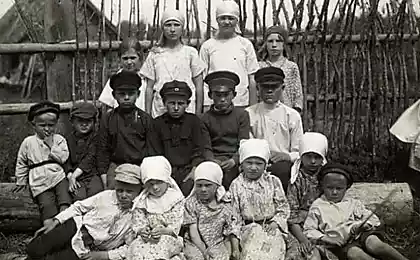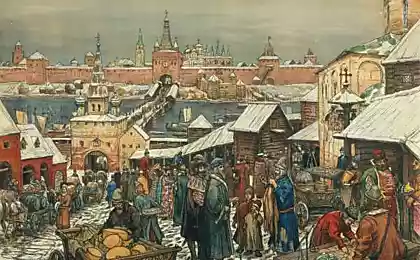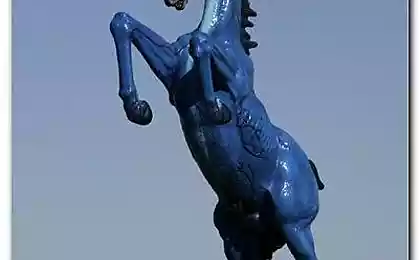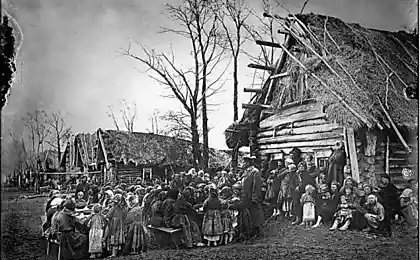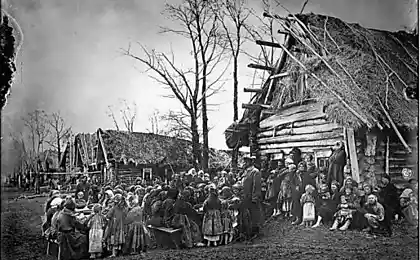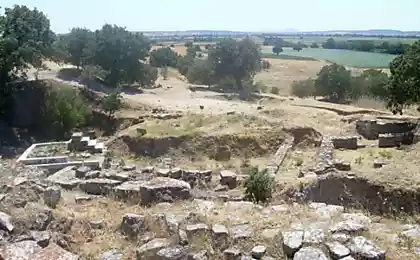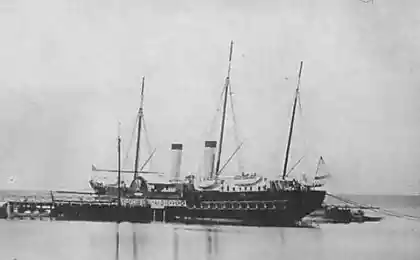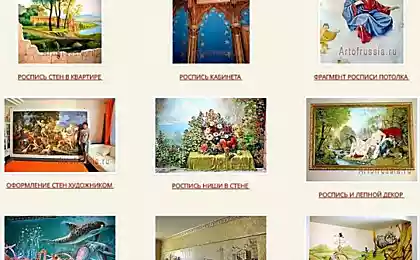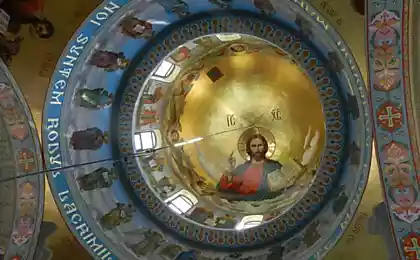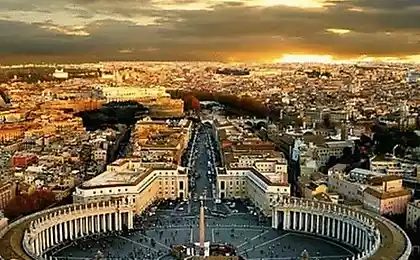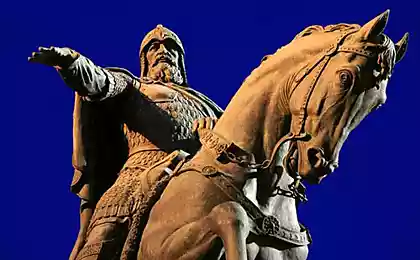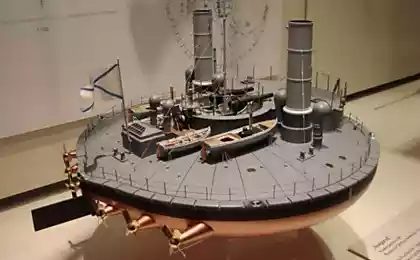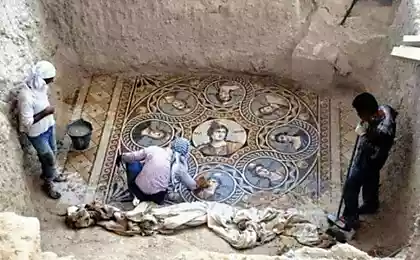491
New pre-Mongol frescoes of Novgorod

The frescoes of the first third of the XII century, fragments of which were found this summer during excavations in St. George monastery in Veliky Novgorod, are Byzantine Parallels.
According to a press release from the Institute of archeology, the fragments of frescoes were found in the altar and cupola of St. George's Cathedral, one of the oldest churches in Russia, the construction of which was begun in 1119. The total number of fragments found is, according to archaeologists, the "hundreds of thousands". They preserved the faces, as well as a large number of images of hands, feet, ears, beards, mustaches and so on.
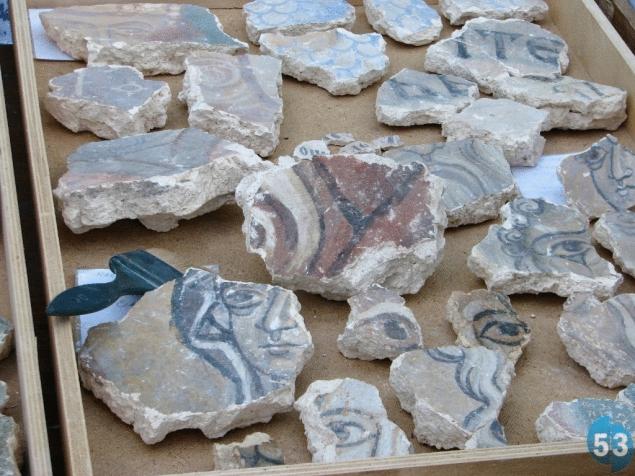
From the pre-Mongol period have survived only a few complexes of fresco paintings in the Cathedral of Mirozhsky monastery in Pskov, and partly in some other churches and monasteries of Novgorod and Staraya Ladoga, Vladimir and Suzdal. The frescoes found in St. George's Cathedral in Novgorod frescoes of that time. Apparently, the temple was decorated with many small figures with small faces, the researchers said.
"Painting is very "graphic", that is, there is not a lot of color and lots of contour. This is an unusual feature. It finds Parallels in some of the Byzantine monuments of the late eleventh century," says the expedition leader, leading scientist of IA RAS, doctor of arts, Professor Vladimir Sedov. According to him, the experts can not say with certainty, as to whether the murals of Byzantine and Russian artists. "The inscriptions on the frescoes made in Russian. For some this is enough to conclude that artists, too, were Russian," – said the Professor.
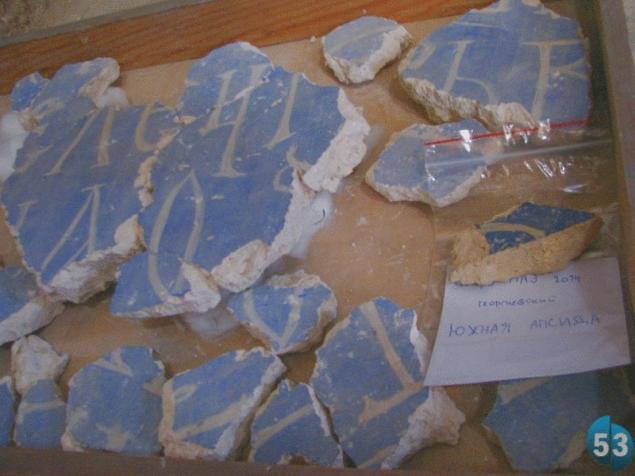
He did not rule out that the fragments will be able to collect one or more entire tracks. In addition, the researchers plan to continue the excavations inside the Church and outside its walls. There may also be fragments of frescoes.
Earlier, the "Science and life" reported about the discovery of the frescoes in Novgorod (see No. 9, 2014). Commentary magazine's correspondent Vladimir Sedov stressed the importance of the findings: "Faces – the concentration of medieval painting. They give an idea of the style of the era, what was this painting. She was very expressive, interesting and colourful".
Also the leader of the expedition told that, in addition to fragments of frescoes, archaeologists found several valuable graffiti (inscriptions scratched). The most fun multiline graffiti 1198, which refers to the death and funeral of Izyaslav and Rostislav, the sons of Novgorod Prince Yaroslav Vladimirovich.
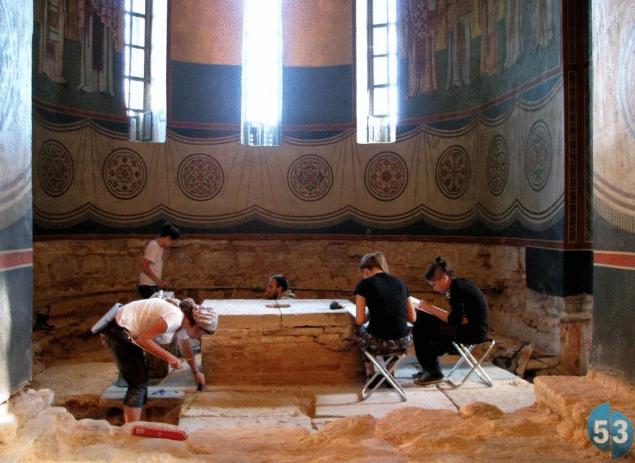
In the course of excavations archaeologists have studied in detail the structure of the temple. Opened three altars (one in each apse), Cintron (the Episcopal bench in the main altar, curving along the Central apse), the base of the altar barrier. Over a large area opened the original floor of the Cathedral.
Yuriev monastery is one of the oldest in Russia. According to legend, it was founded by Yaroslav the Wise. The first written mention of the monastery belongs to the year 1119. In XII–XIII centuries the head of the Yuriev monastery – Archimandrite of Novgorod – were the head magistrates of Novgorod the Great. By the end of XV century the monastery was one of the richest ecclesiastical landowners.
In the 70-ies of the XVIII century the lands of the monastery was secularized, and it was abandoned. In the XIX century, in particular, due to the location of Alexander I and of Countess Anna Orlova-Chesmenskaya, the monastery is experiencing a new heyday. For a short time restored the old buildings and build some new ones.
In the 1920's, the property of the monastery expropriator, and by 1928, the monastery is only one temple.
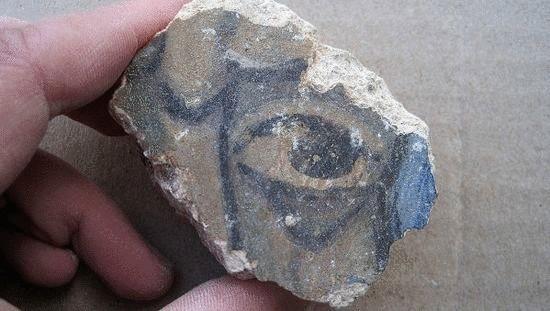
The construction of St. George's Cathedral was initiated by Prince Mstislav I Vladimirovich (1076-1132.; Grand Prince of Kiev 1125-1132.) and lasted eleven years. After the construction of the Cathedral became the main Cathedral of Yuriev monastery. Was erected by the Cathedral master of Peter – the first ancient Builder, whose name is known.
In the Cathedral burying of the monastery, in addition, there are buried several Russian princes and Novgorod posadniks. In addition to Izyaslav and Rostislav here at peace of the Novgorod Posadnik Miroshka Nezdinich, Prince Fedor Yaroslavich (brother of Alexander Nevsky), his mother Theodosia Mstislavna. In 1453 in St. George's Cathedral was buried the Grand Duke of Moscow Dmitry Yuryevich Simaku (beginning of the XV century – 1453).
9 the most difficult test of manhood on the planet
15 environmentally friendly ways to use coffee grounds
